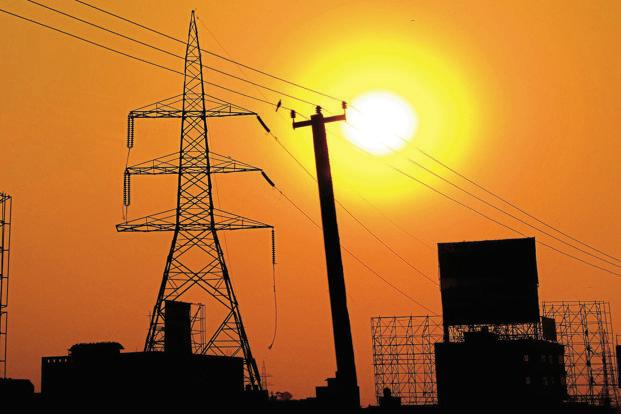A formal invitation to bid and take over a project announced by a company or a government organization is known as a tender. Contractors, individuals, organizations are invited to submit an application quoting their price for the project with a definite deadline. The amounts are kept a secret by the participants (bidders) and each of them aims to quote the least possible amount to obtain the project.
The involved authorities go through the applications and the credentials of the participating companies and select the best option available. There have been instances where government agencies and financial institutions have gone for another fresh round of tenders because the first round was not successful.
The basic details such as conditions for the project, purchase price, deadline for submission, number of shares requested, etc. are announced in advance. Request for Tender (RFT) is a formal and structured invitation and is a public and open process. Laws have been established to govern the process and ensure fair competition among the bidders.
Without the laws to control the process, it could cause chaos and favoritism would rule. This will, in turn, result in ruining the project in many ways. Unfinished projects, poor quality, continuous delays, too much interference by various entities, etc. are some of the issues that can be avoided by strictly following the laws. Though we still see cases of non-transparency and corruption, we also see how sooner or later the involved parties/ entities are exposed and lawsuits are filed.
Tendering Process For Public Tenders
- A public tender is an invitation published by a public sector organization. It is also known as an open tender or a competitive tender as the process is open to all eligible/ qualified bidders.
- Tenders can be issued for suppliers to bid and provide raw materials, equipment, workforce, services, or utilities that are required to complete the said project for which the tender has been called.
- The public tender notice is published in newspapers and websites. The information is shared through the media in various forms.
- Based on the specifications outlined in the tender notice, private entities can submit their applications (bid) before the deadline.
- While many companies rely on their internal experience and expertise to bid for the tender, some companies take the assistance of agencies that provide the tender services.
- From crafting suitable bids to ensure project compliance, the agencies take the responsibility for calculating, designing, and structuring the bid on behalf of the company.
- After filing the bid, the companies will have to wait until their bids are scrutinized by the authorities and the name of the selected company is officially announced.
With the increasing usage of technology and the internet, the tendering process has also seen a few developments. Though the basic procedure remains the same, the tenders are now uploaded online on various global websites that showcase the tenders to the rest of the world. This allows an organization in one country to accept bids from people from different parts of the globe.
If an organization or a government entity is looking for tender bids on an international level, publishing the tenders on a global platform is the right option. But it is important that they choose the best site for publishing tenders to reach a large number of the audience.
As more and more organizations are trying the process of e-publishing tenders, the process is being simplified to make it simple, easy, and efficient. From categorizing the tenders based on various factors to providing maximum exposure, the websites are proving to be a boon.
Why Choose Online Tender Publishing
- Cost-effective
- The cost of publishing a tender invitation online is almost 1/10 compared to the cost incurred by publishing it in print. Moreover, unlike newspapers, the tender invitation can be kept live on the website until the last date of submissions, allowing a maximum number of bidders to enter.
- Faster Results
- When publishing a tender becomes easy and fast, getting results also takes less time. Bids will start pouring in soon after the tender is live and organizations can pick the best possible option based on the pre-defined parameters.
- Wider Reach
- Websites can be accessed by anybody who has an internet connection when compared to newspapers that are local and limited to a country at the most. This will enable a person/ entity on the other side of the world to bid on a project that catches their interest.
- No Size Limitations
- Compared to newspapers, tender notices and invitations of longer lengths can be easily shared online. The formatting will not be disturbed and neither will there be any limitations on the text size or word count.
Classification of Tenders and How It Helps
- By Region: The publication of tenders is categorized based on the continents the projects and organizations belong to.
- By Country:The tenders are classified based on the countries from which they have been published.
- By Sector: The tenders are classified industry-wise for interested people to directly gain access to the list of open tenders through the website. Agriculture, construction, computers, defense, education, power and energy, etc. are some examples.
- By Authority: Government, private, undertakings, local bodies, directorates, etc. are some authorities that publish the tenders.
- By Financiers: The tenders are also classified based on the financiers such as Bilateral and Multilateral Development Agencies gclub.
- By Keywords: Keyword classification is a popular way to categorize tenders make them easy to be accessed by the interested parties. Keywords such as service, forestry, civil construction, equipment, etc. are some examples.
Conclusion
The cost of online tender publication will depend on various factors, and organizations can select a plan that suits their requirements.
